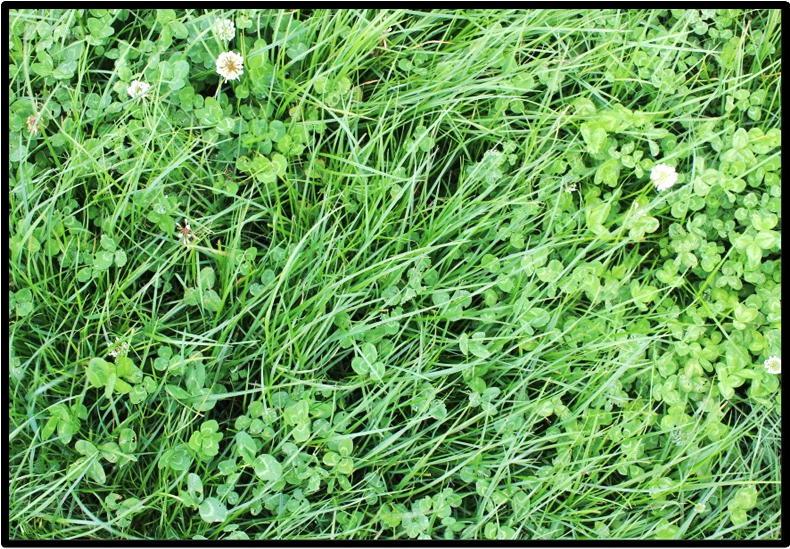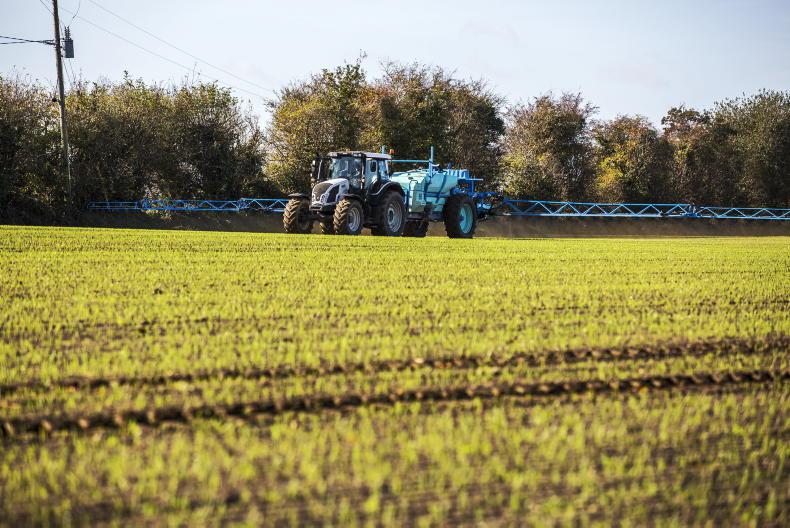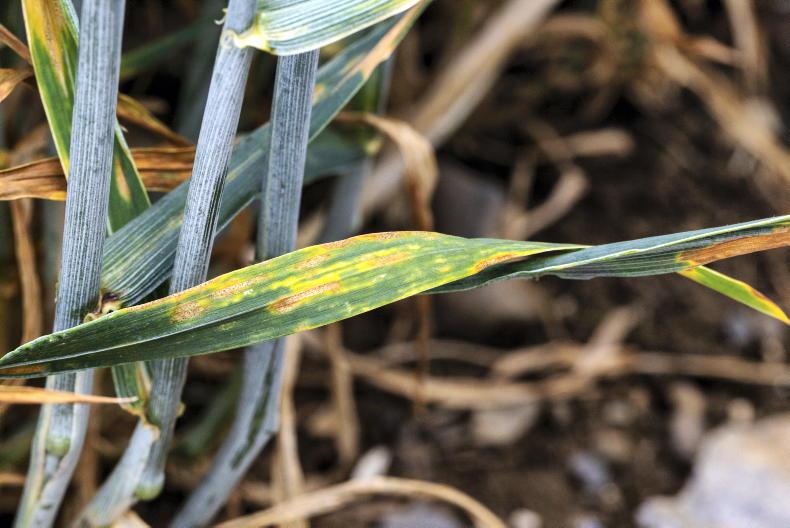Weed control
The news this week that there were 42% fewer pesticide exceedances in public drinking water is to be welcomed. However 47 exceedances is still of great concern, even where there is no risk posed to public health.
MCPA is still the greatest culprit. The future availability and use of chemicals to control weeds will be strongly influenced by their management, and farmers and non-farmers alike need to act with care to safeguard their availability.
The optimum timeframe for treating weeds such as thistles, docks and nettles is when the plant is at what is known as the rosette stage. This is when plants are at a height of 100mm to 250mm (6” to 10”) for docks and nettles.
This will maximise potential contact with product. As plants at this growth stage will generally be growing at their most active rate, it will enhance uptake of the chemical and transportation around the plant.
If weeds have not reached this stage then it is best to delay treatment, as there is little point in treating weeds which have gone to seed. A height of approximately 200mm (8”) is recommended for thistles due to the fact that leaves grow outwards allowing optimum spray coverage at a lower height.
With regard to treatment of rushes, where mature rushes are present that have gone to the woody stage then uptake of chemicals will be poorer and here the advice is to cut / mulch where possible and treat fresh regrowth to get maximum efficacy of applied chemicals.
Weed lickers work satisfactorily in treating rushes and protecting non-target plants but spraying is generally a better option for weeds such as docks, nettles and thistles. By the time they have reached a height for coming in contact with a licker they will have typically progressed beyond the optimum stage for treatment.
Spot treatment may be the best option if there is a risk to plants which promote biodiversity. This consideration is growing in importance given the future direction of proposed agri-environmental schemes.
Remember also that products such as MCPA etc are not approved for use in weed wipers/lickers. Only professional-use products based on the active substance glyphosate can be used in a weed-wiper.
Tick control
It is earlier than normal in the season to be talking about tick control but it is worth noting that issues have been emerging earlier in recent years. Young stock and bought-in stock are most susceptible to one of many diseases including tick borne fever, tick pyaemia, Q fever, louping ill and lyme disease while redwater can be a significant issue in cattle.
Control strategies include the use of external long acting parasiticides that are aimed at ticks and which can be used to both kill and provide a level of protection during high risk periods.
There are various control options, with Youngs Vector (up to 10 weeks cover) and Ectofly being two products which are commonly used as they also provide cover for blowfly and other nuisance flies and lice.
There are a number of other products that target treatment and prevention of ticks for up to six weeks, while some dipping products also have a claim for tick control. It is also important to take necessary precautions where working with sheep that have ticks or if walking through infested vegetation, due to the risk of serious diseases such as lyme disease.










SHARING OPTIONS